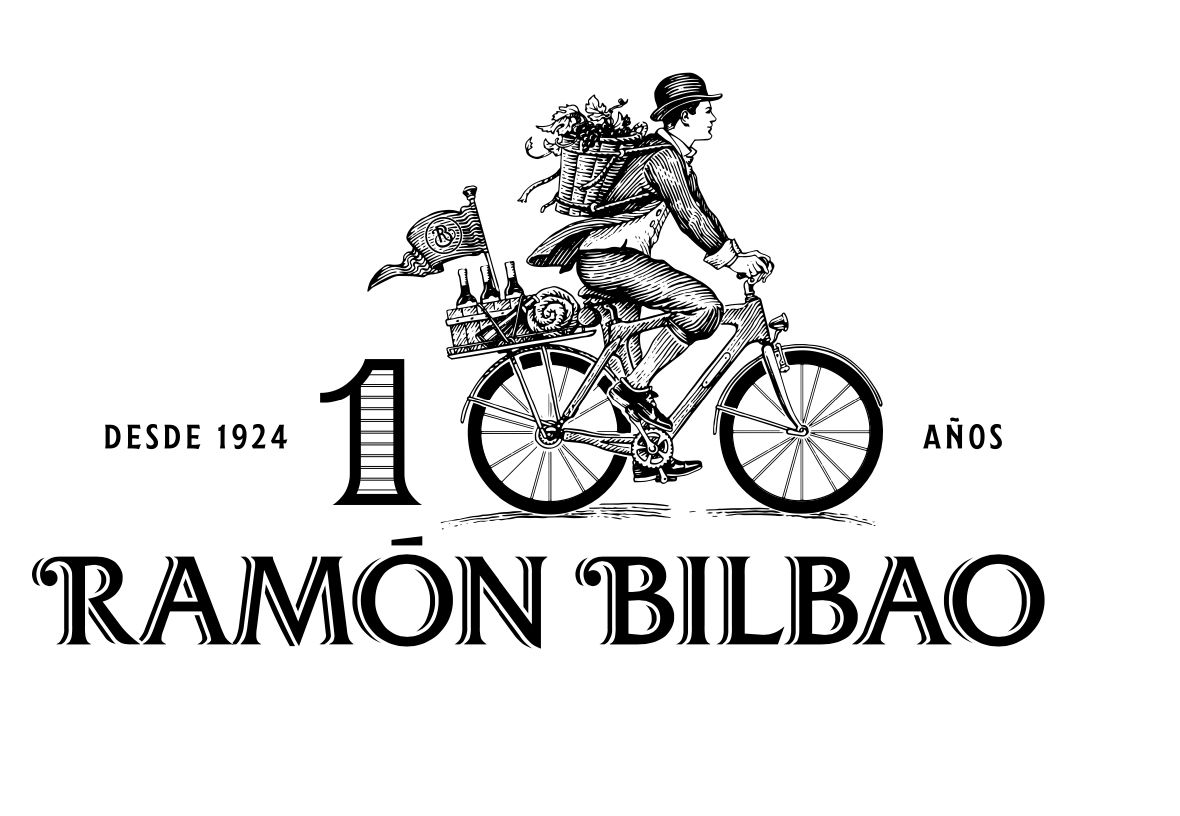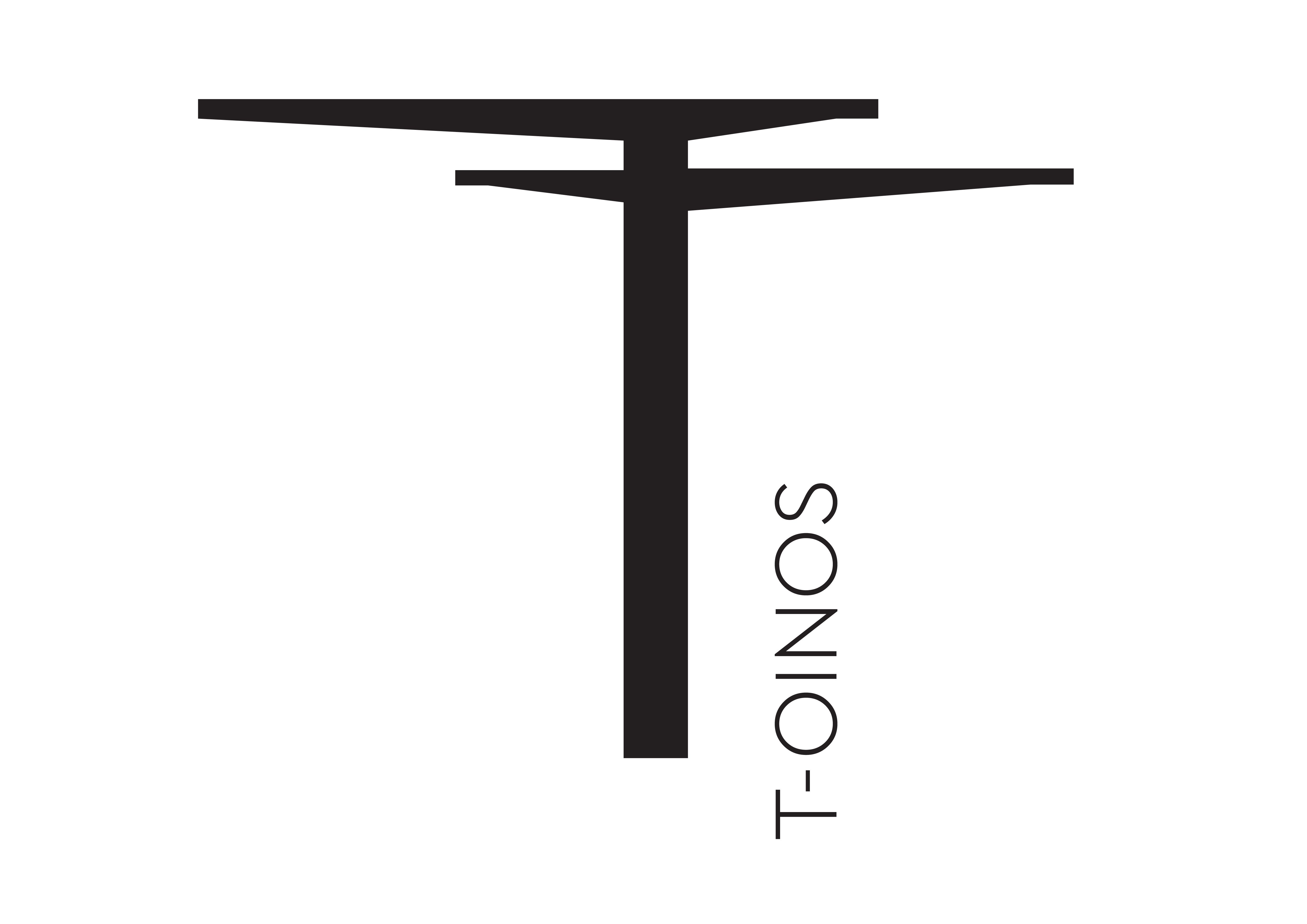Wherever you are in the world the competition is on to make wines that are fresh and light to taste and yet have the fruit forward characteristics that wine drinkers love the globe over.
But that is easier said than done. Some parts of the world are just better suited to making the type of wines modern drinkers want to drink. No matter how much money is spent on big name consultants, nothing is going to change that.
Argentina is very much on the first few rows of the grid when it comes to making fresher, juicy, moreish styles of wine.
And none more so than in the higher altitude, cooler climate conditions of the Calchaqui valley that lies around 175kms south of the main town of Salta in northern Argentina.
Here the temperate climate, with cool nights, at around 10C, and warm and hot days, allow winemakers to produce rich luscious wines that may have the 14.5% alcohol levels of elsewhere in Argentina, but taste so much lighter and refreshing.
Its challenge could soon be having enough wine to keep up with demand as this area only consists or between 1% to 2% of the total vineyards planted in Argentina.
It is also the area of the country that is attracting more foreign investment and is growing proportionately faster than any other region. There were, for example, 30% more plantings in the region for the 10 years up to 2011, with plenty more in the years since.
Tough conditions
But winemaking in this part of the world is like trying to host the Chelsea Flower Show in a desert. Winemakers have to plant far more vines per hectare so as not to over stress them as they go in search for water that could be 100m below them.
But then it is this unforgiving terrain that makes winemaking here feel like you are breaking, literally new ground.
Take Bodega El Esteco, which is now part of one of Argentina’s largest wine companies, Grupo Peñaflor, which also owns Trapiche in Mendoza and Finca Las Moras.
As well as its existing 780 hectares across the valley it is painstakingly planting initially 17 hectares close to its winery and in the foothills of the surrounding mountains. Land, 2,000m above sea level, once owned by the Quilmes indians.
It believes the unforgiving, arid, lifeless, rocky conditions have the potential to make some of the most iconic wines in the area.

Francisco Xavier Tellechea, head viticulturist for Bodega El Esteco
It is planting high density vineyards in the area with 9,500 plants per hectare compared to the normal, 5,000. “We want each vine to have to work less in order to grow,” explained chief viticultarist, Francisco Xavier Tellechea.
The so-called Socorro project will eventually have 45 of some of the most difficultly planted vineyards around such is the time it takes to move, by hand, the rocks and vegetation on this hostile ground. It costs, for example, $14,000 just to move the rocks on one hectare of land.
The inspiration to plant here actually came from their vineyards further along the valley in Chañar y Punco. Here, explains De Pato, it found it could make wines from the most hostile, rocky conditions. The same kind of terroir it is now planting vines as part of the Socorro project.
“It is very hard winemaking, but it produces high quality wines,” he adds.
Tellechea adds: “We decided to plant here because the soils and location is unique. We have used solar imagery and soil analysis to calculate where best to grow the vines. This analysis has also shown it is not always best to have vines facing north to south. They can get too much sun and damage the grapes,” he explains. “We have looked at the position of the sun at every day of the year in relation to how the sunlight is hitting the grapes.”

Vines at El Esteco’s new Socorro project
As a result the vines it is planting here will face different directions based on its soil and terroir analysis. “But it willdepend on the weather. We don’t know how they are going to perform,” admits Tellechea.
It will be interesting to see how UK importer, Hallgarten, introduces these wines to the trade when they come on stream in a couple of years.
Wines with identity
The winemakers and producers of the Calchaqui valley are also not just there to make northern versions of wines we know so well from Mendoza. Most of the winemakers have trained and made wines there and have come north to make very different and unique styles.
Take Mariano Quiroga Adamo, winemaker at Bodega El Porvenir who has previously worked with Moett Hennessy at its Chandon facility in Mendoza.
He has come to Cafayete as he believes it has the perfect pedigree to make very different styles of wine he had become used to making, like Malbec and Torrontes.
But his real passion is to produce excellent, but approachable Tannat wines that he and a number of the winemakers in the valley believe is ideal for growing in the area. “It is one of our emblematic grapes of our country,” he says.

Mariano Quiroga Adamo believes Tannat is ideal for Cafayate
El Porvinor, which appropriately for a winery means ‘the best is yet to come’, gives him the freedom and the opportunity to make wines that he believes have not been seen before in Argentina.
“There are very few wineries who are producing 100% Tannat from a single vineyard. Here we can offer a more fruitier style of Tannat,” he explains.
It appears to be working as 60% of its wines are exported, with HispaMerchants acting as its UK importer.
As for more traditional varieties like Malbec he believes Cafayete brings out wines that are true to the high altitude.
“We can take different Malbec grapes from different altitudes and soils to create our own unique style,” he says.
For Talllechea and head winemaker at El Esteco, Alejandra Pepa, the valley is also ideal for producing high quality Cabernet Sauvignon and Cabernet Franc.
“That is where our focus is. Our Malbec here sells itself. So we try to really focus on other areas like Cabernet Sauvignon, Cabernet Franc and Tannat,” says Pepa.
- Part Two of The Buyer’s recent trip to Argentina will look at the impact of climate change on winemaking practices in Argentina and particularly the fall out from the 2016 vintage which has seen 40% loss in grapes in some areas due to high levels of rain, but is likely to produce one of the country’s best vintages in the last 10 years.









































